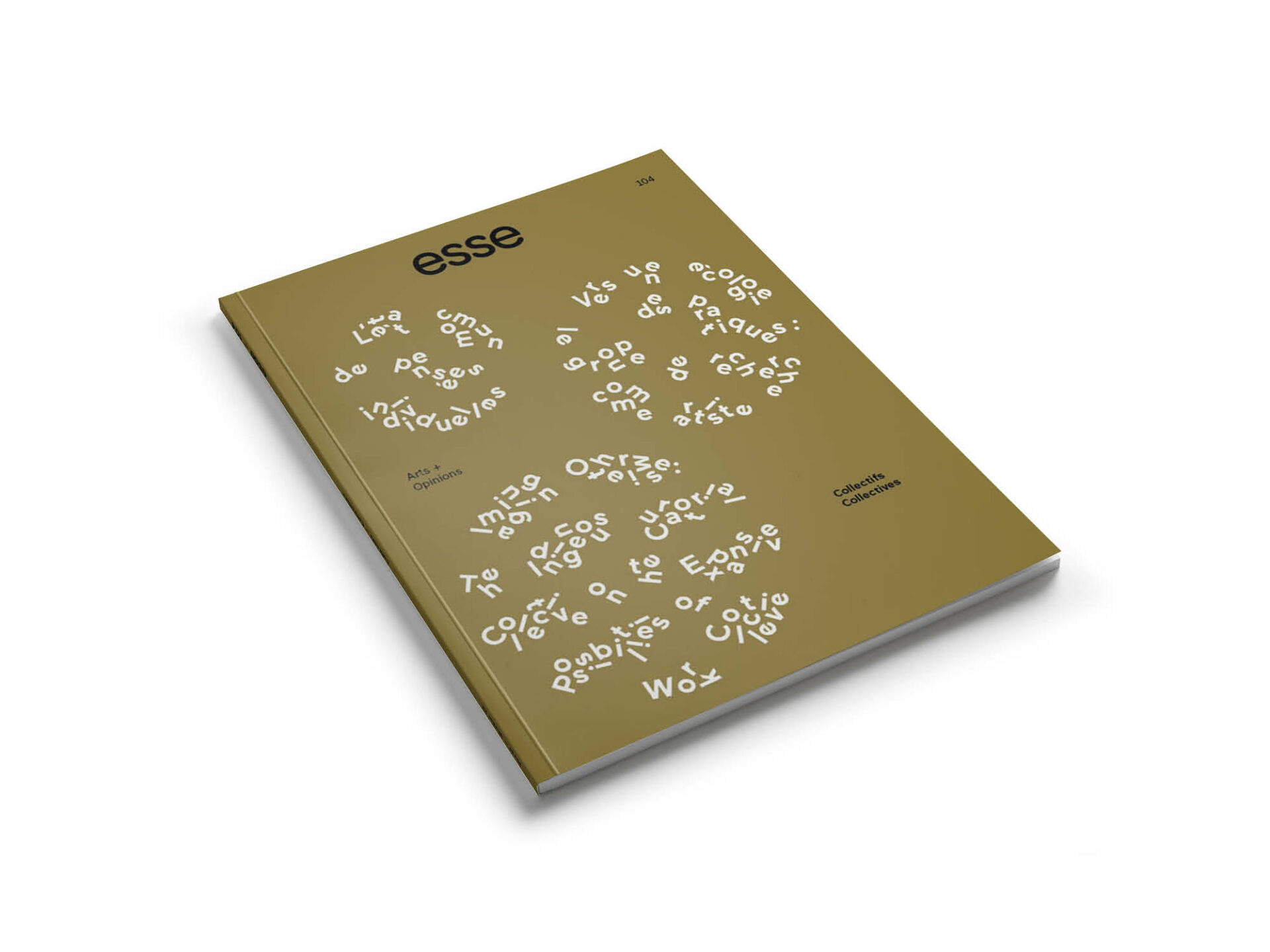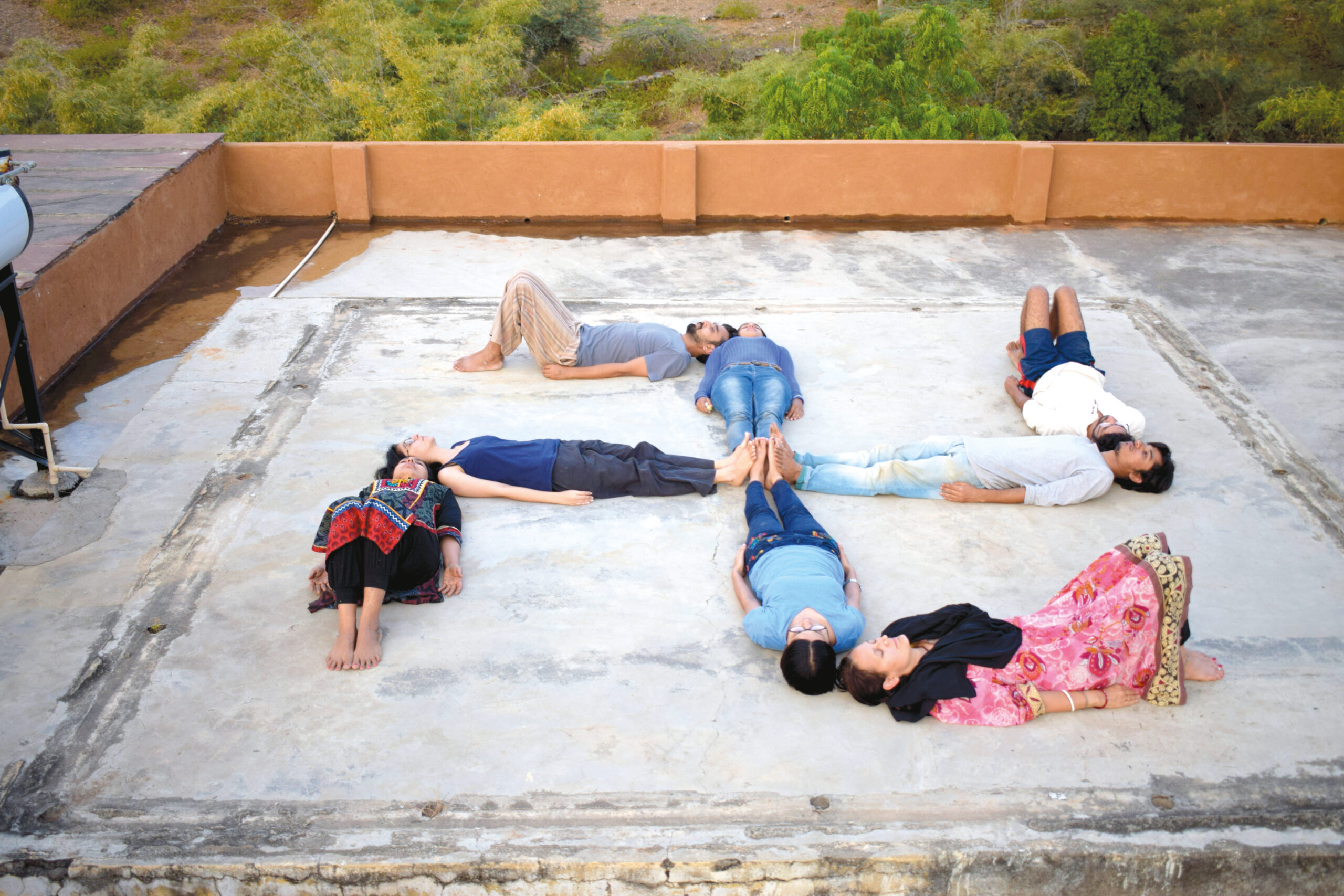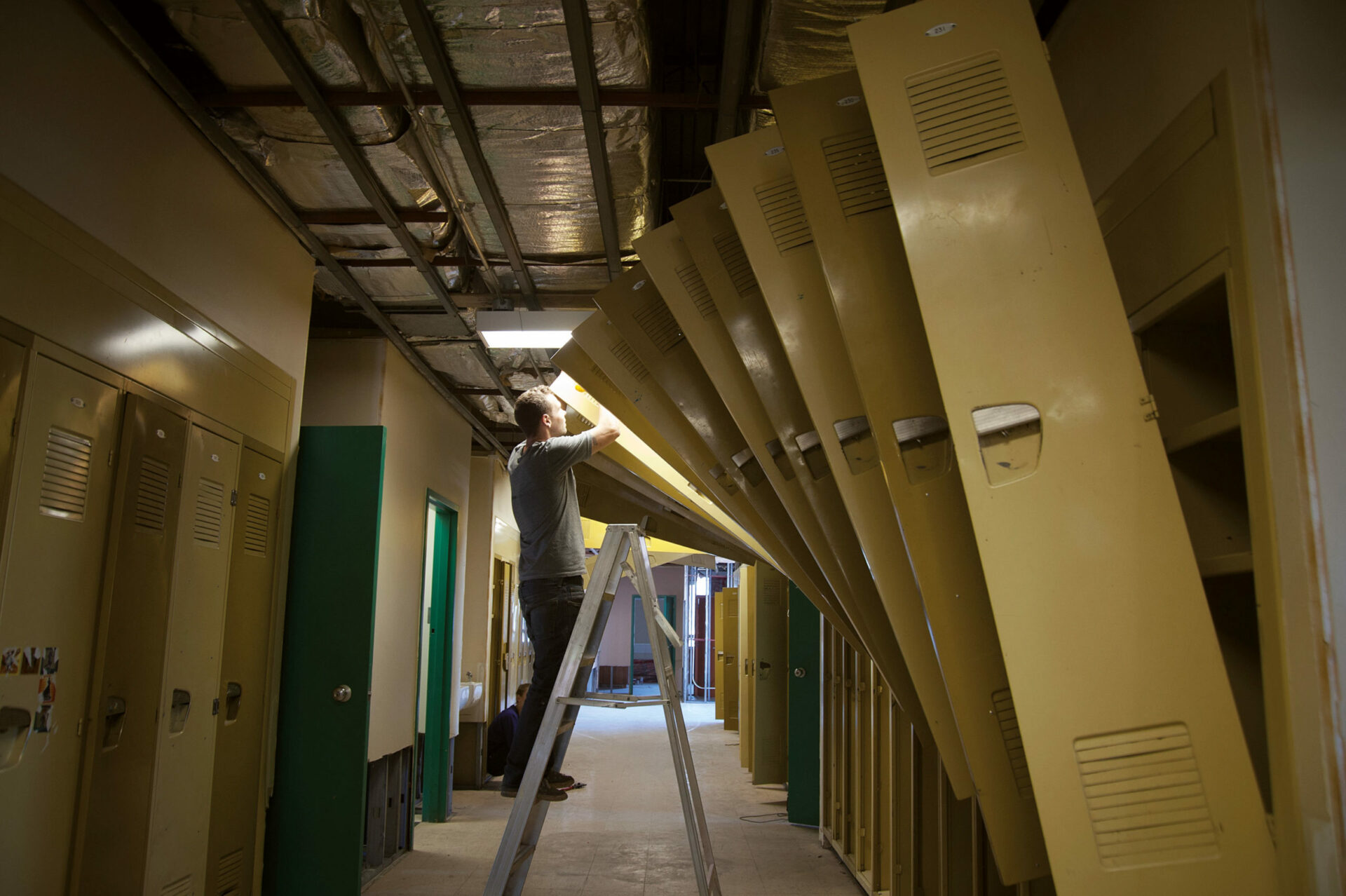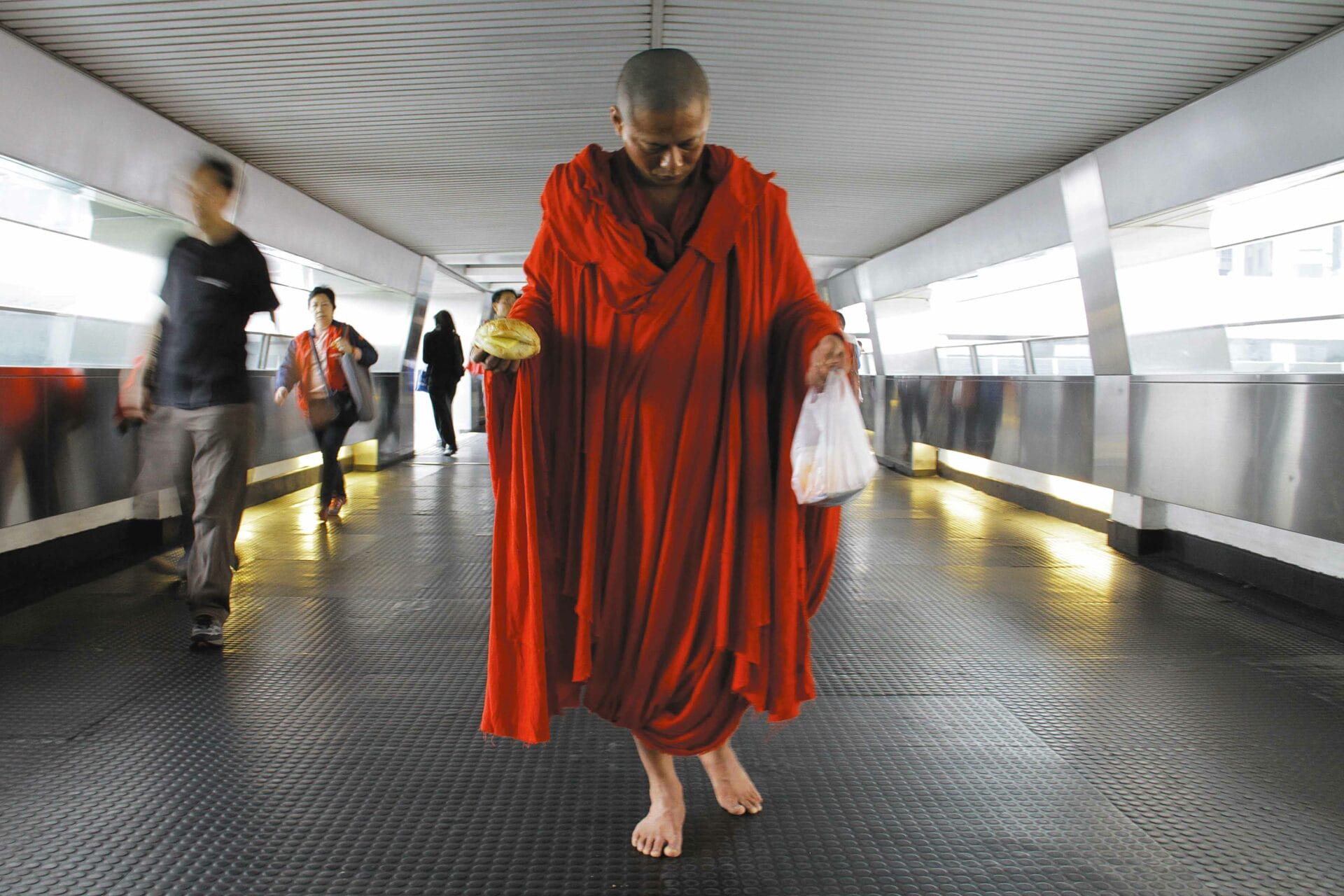
Talking Cure: Dialogue as Collaborative Resistance
Collaboration, as a foundational element of our collective work, causes us to slow down and spend more time reflecting on the creative process and discussing our values as artists and academics. This intentional deceleration and commitment to a slower approach, which is important to both of our practices, allows us to focus on the process of making rather than the production of an end product. Through our dialogues, an encounter with the other emerges and our individual practices become one. This text is a performance of that dialogue.
Victoria Stanton : Conversation is a foundational part of my artistic, and now academic, practice. It’s the motor that drives all stages of any creative or intellectual work. I would even propose that my impulse to be in conversation is what has led me to continually seek out and cultivate collaboration in my projects.
Stacey Cann : Conversation has also been key in my collaborative practices. I often work with artists and professionals who use different media than I do within my solo practice. This involves having to think together conceptually and not only learning about each other but about unfamiliar materials and tools as well. In a way, we are working collaboratively not only as humans but also with materials and processes. Working with industrial designers, computer programmers, musicians, and dancers has allowed me to think about both my solo and my collaborative practices differently and expand my ideas of how materials and concepts can be explored. For example, building a sixteen-by-twenty-four-foot sculpture that divides the gallery into spaces of social engagement and isolation allowed me to think about how I positioned my body in relation to the audience within my solo performances and how I created moments of connection and disconnection within my work.
VS : Right, so the desire to want to be in communication can be a way into an elaboration of ideas. For my part, this has grown into my methodology of practice (and research) and supports the bulk of my creative production. What’s also become clearer over time is how conversation not only allows for the communication of ideas but is often the kernel of creative production itself.
SC : Having ideas is often the easy part, especially when starting a conversation. Actually, trying to get things done and the logistics of getting grants or commissions, having materials shipped, hiring people to move large works or help us build them, that’s where a lot of the tension happens. I think sometimes we get a little carried away with this utopian idea of collaboration, it’s not really like that at all. There are disagreements and compromises; that’s part of collaboration too. I see these not as negatives but as an important part of the collaborative process.
VS : I agree. So, do you think that this is also a way of generating ideas? Because tension and conflict can lead to new possibilities — when we make the effort to really hear each other. In that instance, conflict can then be creative. I’ve found that working through the messy stages, finding (creative) solutions, makes ideas grow. “Things not working” is one of those curveballs that performative practices bring, and the performative dialoguing-with is where spontaneous making blooms. Now that I find myself in an academic context I want to validate the act of being in dialogue as a form of creative making; as a kind of knowledge production. I see collective thinking, talking, and being together (harmoniously or within tension) as a form of artful becoming; a portal into creation that’s taking place through the conversation itself. Collaboration is a form of conversation.

Fresh Candy/Post-apocalyptique, installation view, Le 4330, Montréal, 2011.
Photo : Victoria Stanton, courtesy of the artists
SC : Yes, and it’s not just the art part of the conversation that’s important. It’s important to be on the same page not only artistically, but also recognizing each other’s situations. Conversation can lead to that. I think that understanding what your collaborator wants and needs from the project, from an intellectual, emotional, and financial standpoint, is crucial. The personal becomes important. It changes what can be done. It’s easy to get excited about an idea and jump in, but what does doing the project actually mean, what do you get from it, and what do you give up to be able to take it on? Through conversation, you get to know your collaborators, not only artistically but also personally. This can lead to a sense of solidarity and strength within the group. Because of the competitive nature of both the art world and the academy, this solidarity may be the most important part of collaboration for me.
The fact that collaborative practices survive despite the lurking presence of the notion of the artist/academic as the lone genius is a testament to the solidarity that is created when working with others.
It is sometimes a wonder to me that anyone collaborates at all, given the highly competitive and individualistic nature of artistic and academic practice. We are all in competition for grants, teaching positions, exhibitions, conference invitations, and published articles. The resistance to the neoliberal university through collaborative and slow practices, an approach that foregrounds intentionality and attentiveness, countering pressures of productivity in favour of process, seems to be increasing despite the lack of institutional structures in place to support them. I believe that both the art world and the academy are places where we should be able to think about ideas together, but this is made difficult by the fact that we are competing with each other as well. How do you balance those things? Can you collaborate while competing? This also positions artistic and academic collaboration differently when compared to corporate collaboration, as it is not necessarily about efficiency, although I suppose it also doesn’t preclude it. Rather, I conceive of collaboration as a means of intentionally connecting with others in a way where it is more than one but less than two.1 1 - Karen Barad, “Diffracting Diffraction: Cutting Together-Apart”. Parallax, vol. 20, no. 3, (July 2014): 168–87.]

Diagram 2 (Talking Cure Series): Personal/Professional/Aesthetic, 2021.
Photo : courtesy of the artist

Diagram 6 (Talking Cure Series): Cooperation, 2021.
Photo : courtesy of the artist
VS : I see collaboration as a way of holding space for others as well. In the process of co-creation, we’re not always arriving eye to eye with our ideas, nor does communication happen smoothly just because we like each other. As we were discussing earlier, any (and frankly all) relationships require work — and working through — and creative collaboration is no exception. But coming together to dream, to build something, is an act of trust. Which is an act of resistance. Building trust in order to collaborate means slowing down a process, being more thoughtful, taking more time, pushing against this culture of efficiency. This form of active listening and looking for ways of supporting one another sets other priorities into motion and builds a culture of cooperation. And by this, I mean a kind of working together toward a mutually beneficial, nourishing, and reciprocal experience.
Our ongoing conversation has led us to reading and talking extensively about a wish to frame our respective (and collective) academic experiences through the lens of slow movement(s), one that not only counters the accelerated pace, and the sort of “information extraction” model that “reduces everything to aresource”2 2 - Michelle Boulous Walker, Slow Philosophy: Reading Against the Institution, (London and New York: Bloomsbury Academic, 2016), xiv. (along with the need to “publish or perish”) but also addresses the need to counter this culture through our intentional efforts to work cooperatively. Of wanting to question how being part of a competitive context can encourage us to develop a cooperative network, rather than steamroll us into a competitive framework. If we’re thinking about levels of burnout in grad students and faculty, say, how can we counter this untenable environment that everyone’s part of? But these questions, our attitude, and approach… it’s not just for the sake of rabble-rousing, resisting, being political (though I support all those things), it’s a genuine effort toward trying to create the conditions that help us contribute to — and be part of — a more viable situation. One that is life-giving and affirming, longer-term, and not just a recipe for burnout. So, in that regard, I see collaboration as a space of dialogue that emerges where we can talk about those things that are important for us: what it means to be equitable, ethical, thoughtful in our processes. It’s not to say that this doesn’t happen in a solo practice, but I think it’s evoked differently in collaboration; being called upon to be accountable not just to yourself but to others you are working with. Collaboration, and the conversations that ensue, reflect the desire to want to cooperate. So, picking up from an earlier thread, it’s not only our conversation that is a form of creative output; our cooperation, by extension, can be considered a form of creative making (and community-building) as well.
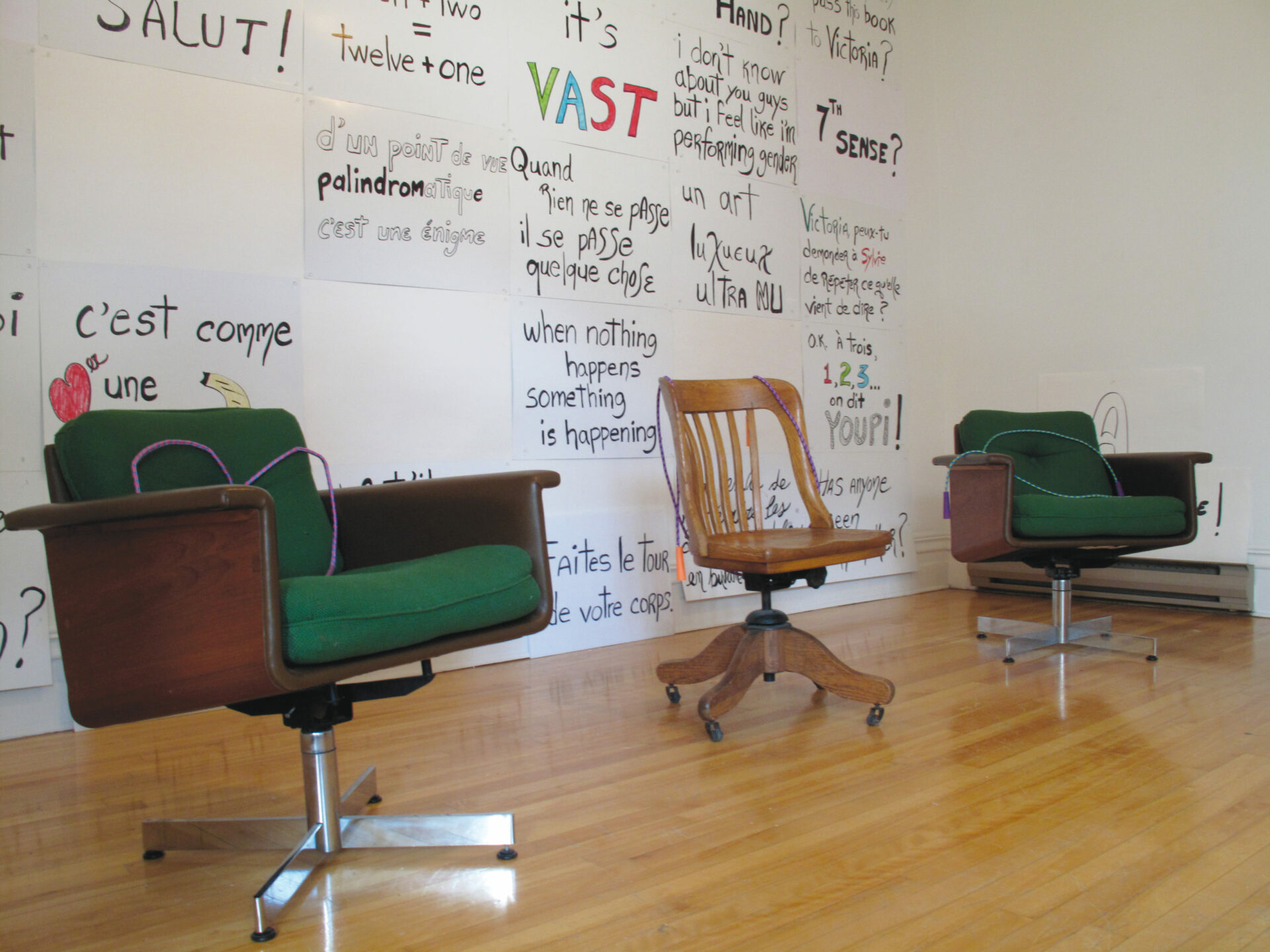
Ablution, Silver Skate Festival, Edmonton, 2016.
Photo : Yuri Wuensch, courtesy of the artists
SC : Cooperation, for me, also comes back to the ideas of values. It is somewhat difficult to value working together in a society that constantly pushes the idea of competition for survival. You must always be more, better, progressing, or you will get left behind, and cooperation allows you to be enough as you are. It permits you to not be everything, but instead one part of a larger whole. This is where I see cooperation and slow movement coming together.
VS : Exactly. So, when you start to delve into talking about approaches to working, not just the content itself, but the form (as it were), you are then touching on values, whether you’re naming that specifically or not.
This eventually ends up determining a culture that is created within a given collaboration, within a chosen manner of being together. And while it’s not a foregone conclusion that a collaboration would or should focus on its value system, what I have recognized over the years is that the values of the collective end up emerging in order to systematize a way of working; to create a group ethic. Say, we need to resolve certain situations that we’ve gotten into — the kinds of stories that unfold within a professional or academic context. A concrete example: Stacey and I decided we wanted to write a text together. We’re confronted with the first author/second author issue. We each recognize that this is problematic because it represents (symbolically and materially) the competitive framework we’re wishing to challenge. We try to find a solution that’s a reflection of our values. So, we end up in a conversation about our values as opposed to just finding a solution. We’re talking about why there is a need to find a solution in the first place. We find ourselves being called to have to think about and then name what our values are because we’re confronted by those situations.
SC : I think it’s easy to forget how we express our values in a day-to-day setting, when we are working by ourselves and in ways that have become routine. Collaboration forces you to think about what you are doing and why you are doing it. This helps us reconnect with our values and makes us articulate them to our collaborators in addition to ourselves.
